In Focus: A Guide to Automotive Photography
Few things go together like a beautiful car and a great photograph. It is like GT40s at Le Mans, a winning combination. While feeling overwhelmed by the technical aspects of photography is common place, this guide seeks to introduce some basic concepts, but it is important not to over-intellectualise it. The aim here is to give you the inspiration and confidence to go out and experiment, as well as highlight the practical value of capturing stunning images of your own vehicle. To do so, we have also tapped into the wisdom of leading automotive photographers to glean their insights. But first, a quick word on equipment...
Written by Archie Hill for The Apex by Custodian.
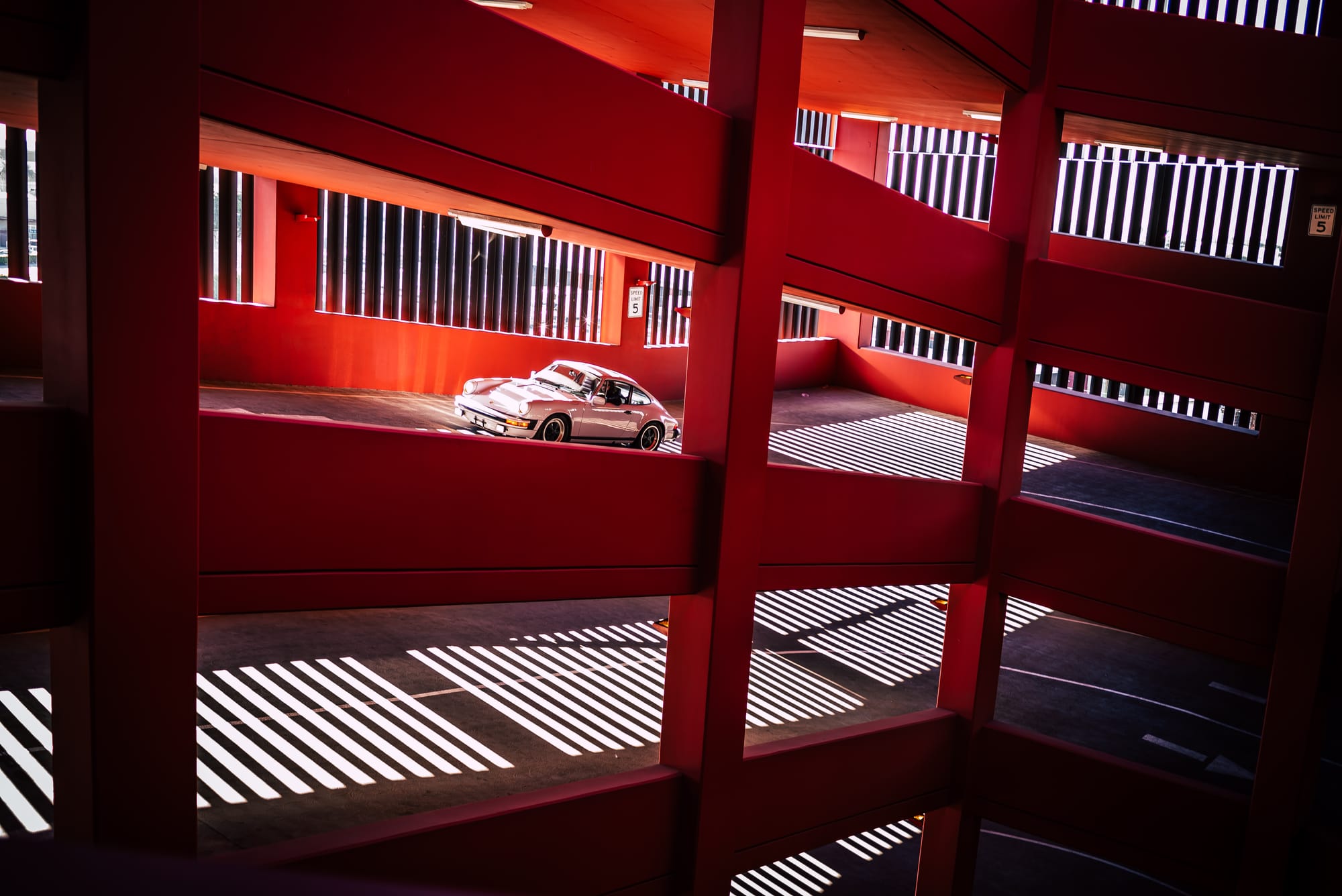
Choose your starter pack
It is commonly stated that "the best camera is the one you have with you". With smartphone cameras leading the way for organic photography, it is hard to disagree. From the power of what is in your pocket to used semi-pro cameras, there are a variety of entry points to get you behind the lens.
The Smartphone
Whether you are opting for quick snapshots or chronicling your road trips with friends, we have seen photographers take smartphone camera tech to the next level. With a little homework and practice, your iPhone or Android can become your go-to when you are out and about. Here is a great video by Kevin McCauley of @capturingthemachine on getting the most out of your smartphones camera.
The Digital Revolution
If you are ready for something in the ‘Pro-Am’ arena, there are dozens of options to choose from. Our advice: Go used. Go auto-focus. Go mirrorless. Mirrorless cameras do not utilise a mirror mechanism to reflect light into the viewfinder. This results in a more compact and lightweight camera body, and also offers advantages such as faster autofocus systems, continuous shooting speeds, and the ability to use a wider variety of lenses through adapters. This buying guide from Digital Camera World is specific to automotive photography and offers a variety of alternatives.
If you are going used, here are a couple of our favourite picks:
Sony A7 - The A7 is a relatively easy camera to use (albeit with some trial and error). They offer good value for money at a used price point, and are compatible with a broad range of lenses. All things considered, the A7 is a pro camera that can be picked up for less than £1,000 when shopping for pre owned models.
Leica Q1 or Q2 - Leica’s Q range offers a great hybrid point-and-shoot experience, with more technical options as your skills progress. While the Q is a ‘fixed lens’ camera (cannot interchange lenses), they do offer options to shoot from 28mm, 35mm, 50mm, and 75mm (albeit with a bit of image quality loss). Since the new Q3 model has debuted, prices for used Q or Q2 models have gone down, making them an increasingly attractive proposition.
The Lecia Q1 is a favourite for Hootie Rashidifard, the man behind one of Instagram's most loved car accounts @valveandpiston -
"As an amateur photographer that largely shares photos via social media, the Leica Q1 is one of the easiest platforms to snap photos, upload to the Leica app, quickly edit, and distribute via Instagram. Even though the Q1 is digital and automatic, it still retains the classic nostalgic Leica look that gives the viewer a warm feeling of the subject." - Hootie Rashidifard.
Fuji - Fuji offer a number of comparable models to the A7 & the Lecia Q range, and they can generally be had at a lower price point. If you are buying used, make sure you find out the shutter count (i.e the number of times that camera has taken a photo). The concept here is analogous to a cars mileage. A used camera might have 10,000 shutter actions per year for normal usage. Once you start going over 100,000 you know that camera has been used a lot.
On a side note, Ken Rockwell's website is a great resource for incredibly detailed camera reviews.
The Old School
Most film cameras are cheap to buy (you can get a great film camera for less than £200) and the beauty of film photography is that you do not need to do much editing in post, if any. They are also great for learning the basics because all you can play with is the aperture, shutter speed & ISO (discussed shortly), simplifying the process. The limitation of 36 frames per roll of film is another benefit, because it forces you to think carefully about your shot before you take it.

Popular models
- Pentax K1000 - Great for beginners.
- Canon AE-1 - A timeless choice.
- Leica M6 - The G.O.A.T of 35mm film cameras. Also the most expensive.
Shooting on film can be a challenge because a lot of it is manual. Having said that, the look and feel of a car shot on film is unmatched. I find this to be particularly true when shooting classic cars, as they would have back in period. If you are interested in getting behind the lens of a film camera, Analogue Wonderland is an excellent resource for buying your film, and places like Traia Photolab take the worry out of development. You can send them your rolls via post, and they email you with a digital link to your scans, and post the negatives back to you.
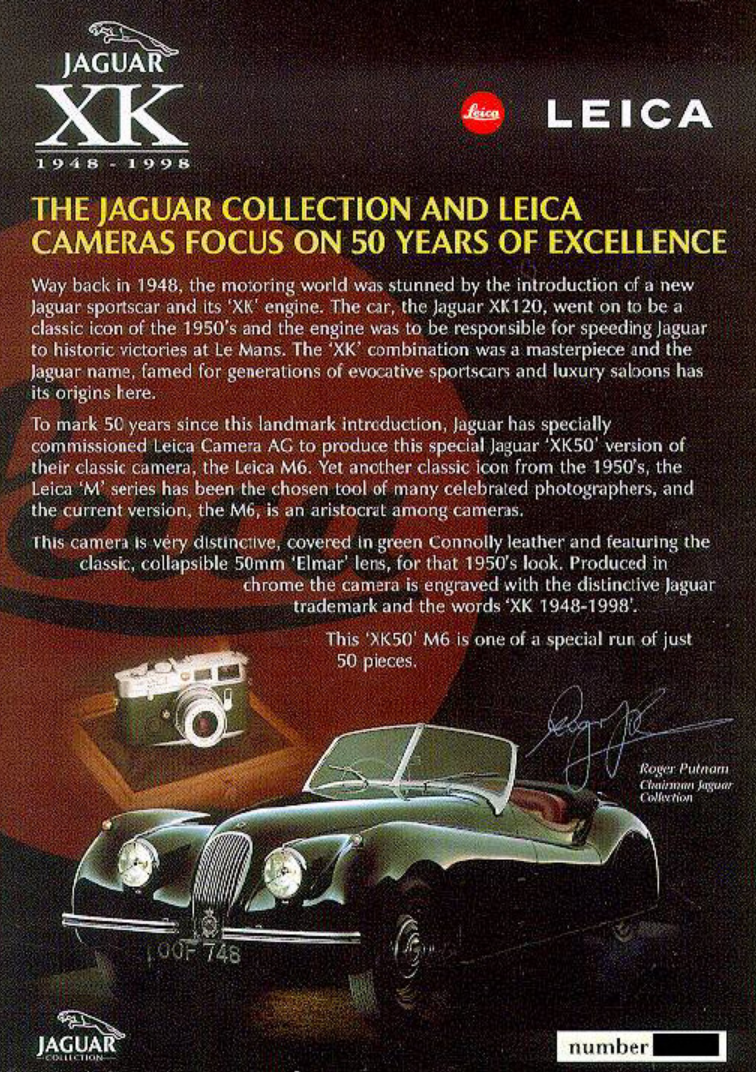
Be an outlier
Do not get too caught up in having all the right gear. Ultimately, this is all about having fun and experimenting. Look through your loft/attic see what you can find - an old vintage camera can be put to good use. Take inspiration from photographers like Syd Cummings (@yourfriendsyd), who shot Monterey Car Week on an early 2000's camcorder.
Accessories
A final word on equipment...
Get the right SD card - The wrong SD card can slow up your camera, corrupt your footage and prevent you from capturing great quality content. The video below does an excellent job at highlighting everything you need to know.
Consider a polarising filter - If there is one accessory that is fairly common among automotive photographers, it is a polarising filter, which is a thin piece of glass that you put on the end of your lens, and it manipulates the reflections in the paint. The aim is not to remove all reflections. Reflections can be cool. They can make the photo, and draw attention to the way the cars body bends the light. However, they can also make the car look cartoonish, which is not always ideal. The photos below demonstrate how a polarising filter can be used to great effect.
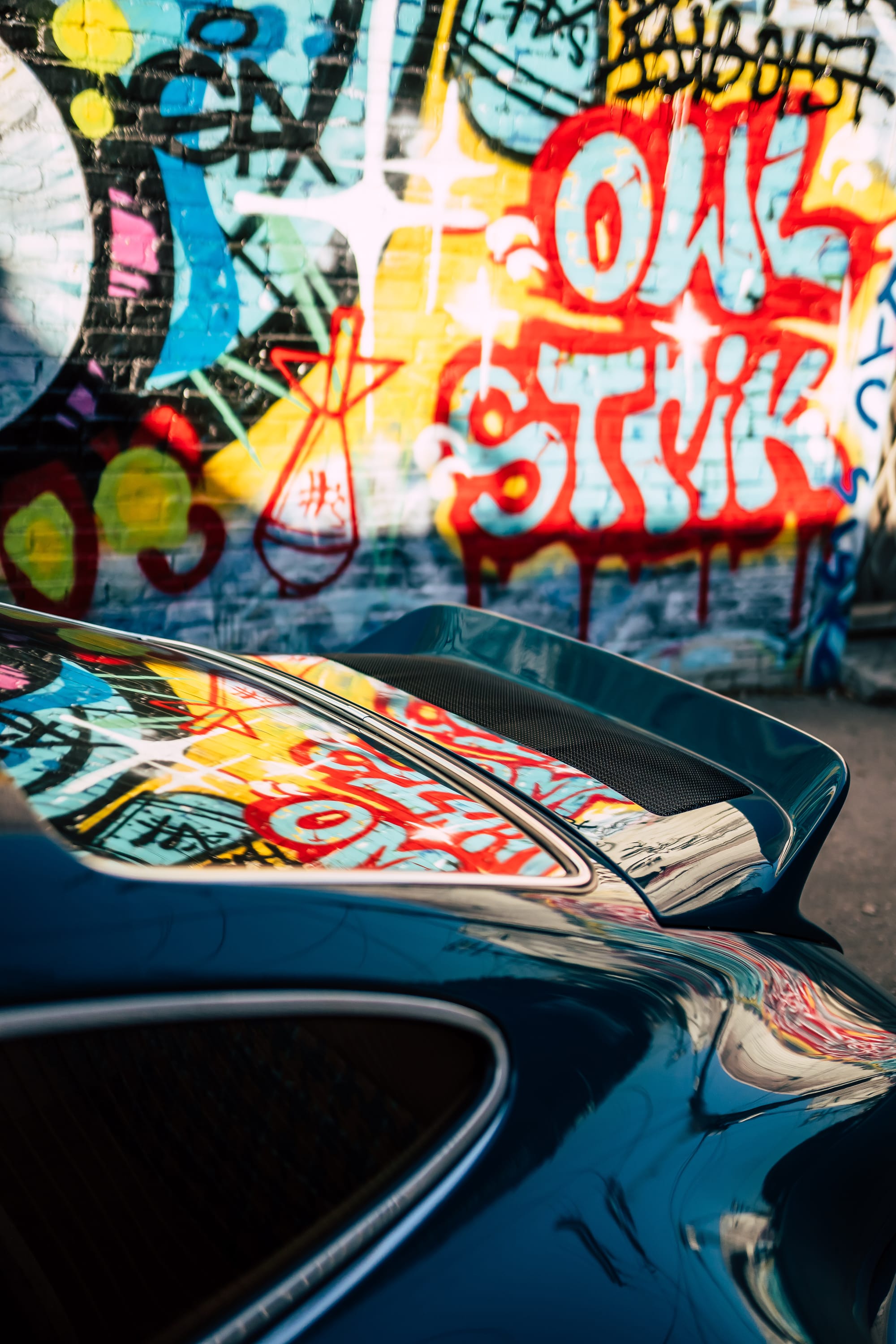
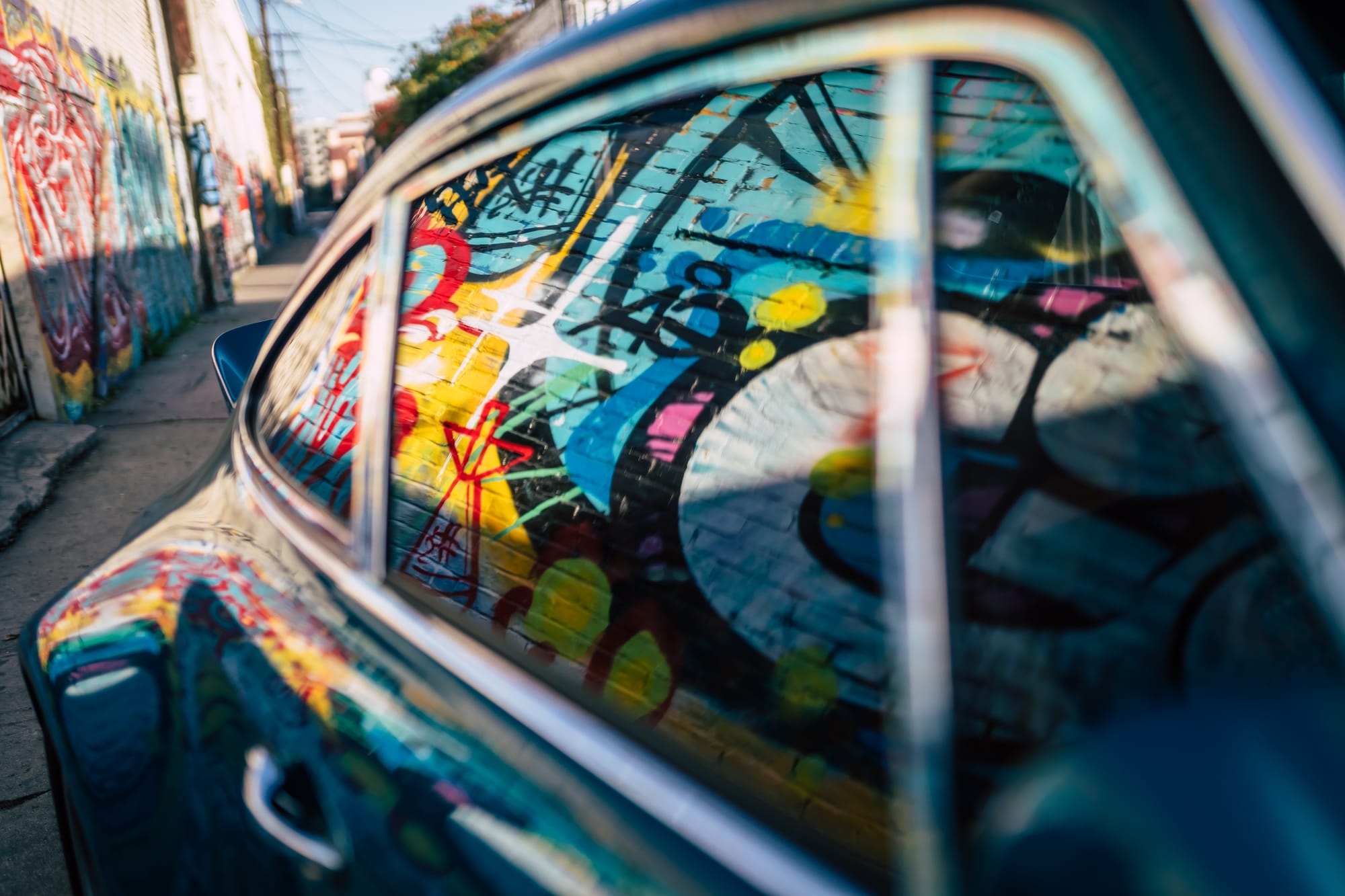
Credit: Shayan Bokaie
Your Car is Your Canvas
Aside from the sentimental value of having great photos of your car, there are also some very real and practical benefits.
Better sales results - A recent report by iVendi on the key trends in online vehicle retail found that, "Consumers are increasingly leaning towards online vehicle sales, with 74% planning to use digital methods for their next purchase." With online sales leading the charge, having nice photos is going to generate more interest and make it standout among other sale listings. Take Hallmarque London and Duke of London, a couple of our partner dealers as an example.
More this...
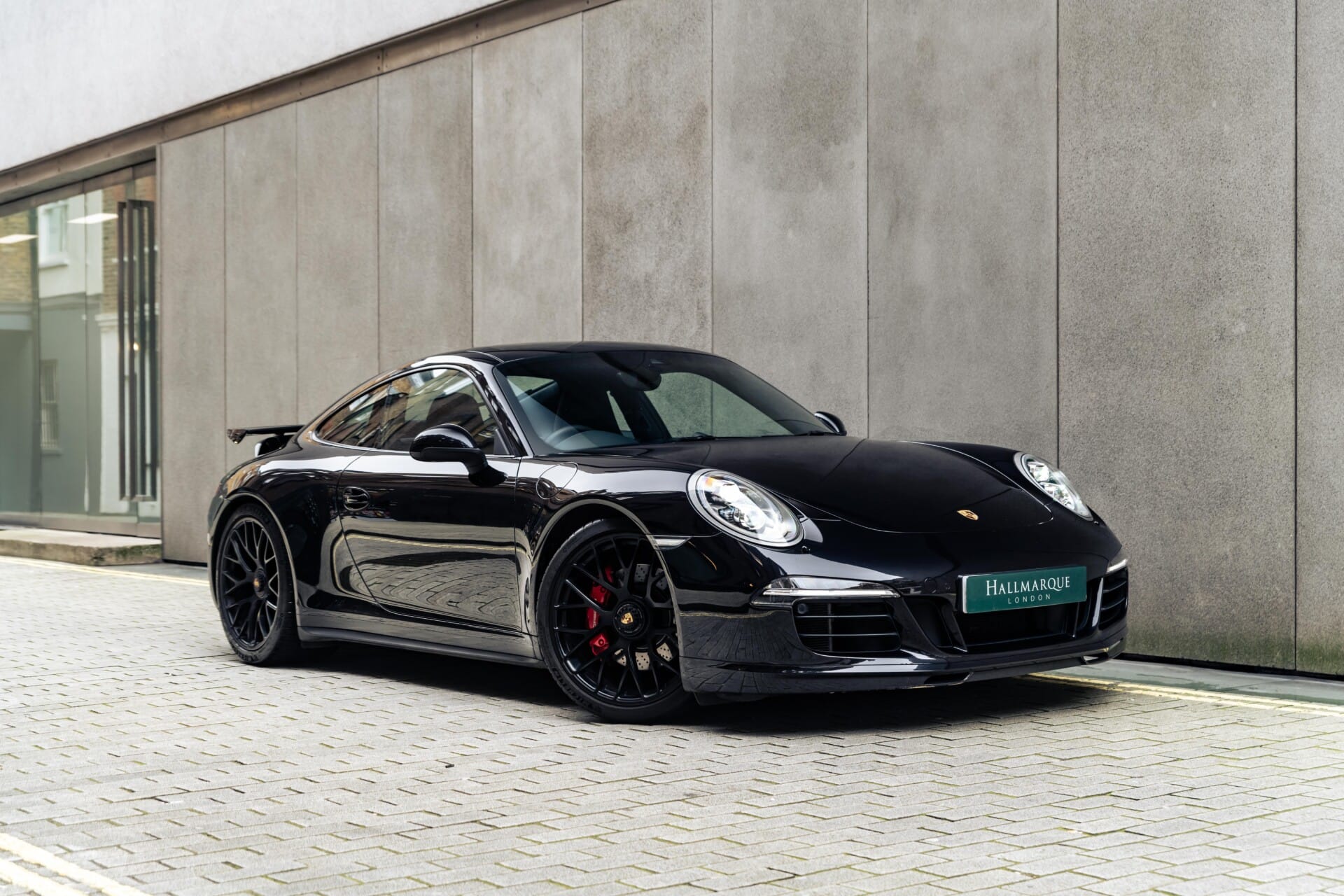

The Porsche Carrera 4 GTS can be viewed here on the Showroom, and you can check out the Mercedes 220 SEb here // Credit: Hallmarque London, Duke of London
Less this...


Credit: Unknown
Enhance your Custodian garage - A nice digital version of your garage set up on Custodian also means you can showcase your cars using your own shareable link (like this one). You can add this to your social media profiles if you wanted to add to your online presence, or use the link to share with close friends. The same goes for the QR code you have access to in your digital garage. Printing this off to display in your windscreen at car meets allows fellow enthusiasts to see your restoration work or modifications. This means your garage becomes not just a garage, but a memory archive.

Simplify Insurance - Another benefit worth noting is that great photos in your digital garage can make the insurance process easier. By showcasing your enthusiasm and building a digital garage on Custodian, we can produce a more holistic presentation of your car ownership than traditional brokers. The result being that insurers are more willing to offer cover and terms for exotic or unusual risks.

Getting Technical - The Exposure Triangle
The exposure triangle, or the 'three pillars of photography', refers to aperture, shutter speed & ISO. A basic understanding of these principles will give you the confidence to experiment with each one, and assist you in the development of your own personal style.
Aperture - The amount of light entering the camera
Aperture refers to the opening within a lens that controls the amount of light that passes through to the camera's sensor. It is essentially a hole within the lens that can be widened or narrowed to adjust the exposure of the image. Aperture is measured in f-stops, represented as numbers such as f/1.4, f/2.8, f/4, f/5.6, and so on. The smaller the f-stop number, the wider the aperture and the more light that enters the lens. Conversely, a larger f-stop number indicates a narrower aperture, allowing less light to pass through.
In addition to regulating exposure, aperture also affects the depth of field in a photograph. A wide aperture (low f-stop number) results in a shallow depth of field, where only a small portion of the image is in focus while the background is blurred. Conversely, a narrow aperture (high f-stop number) produces a greater depth of field, keeping more of the image sharp and in focus from foreground to background.

Shutter Speed - The length of time the shutter stays open to let light in
Shutter speed refers to the length of time that the camera's shutter remains open to allow light to reach the camera sensor. Shutter speed is measured in fractions of a second, such as 1/1000, 1/250, 1/60, etc. A faster shutter speed (e.g., 1/1000) means the shutter is open for a shorter duration, allowing less light to reach the sensor. This is ideal for freezing fast-moving subjects or capturing sharp images in bright lighting conditions. On the other hand, a slower shutter speed (e.g., 1/30) keeps the shutter open for a longer period, allowing more light to enter the camera. Slower shutter speeds are often used for low-light situations or to create motion blur effects.
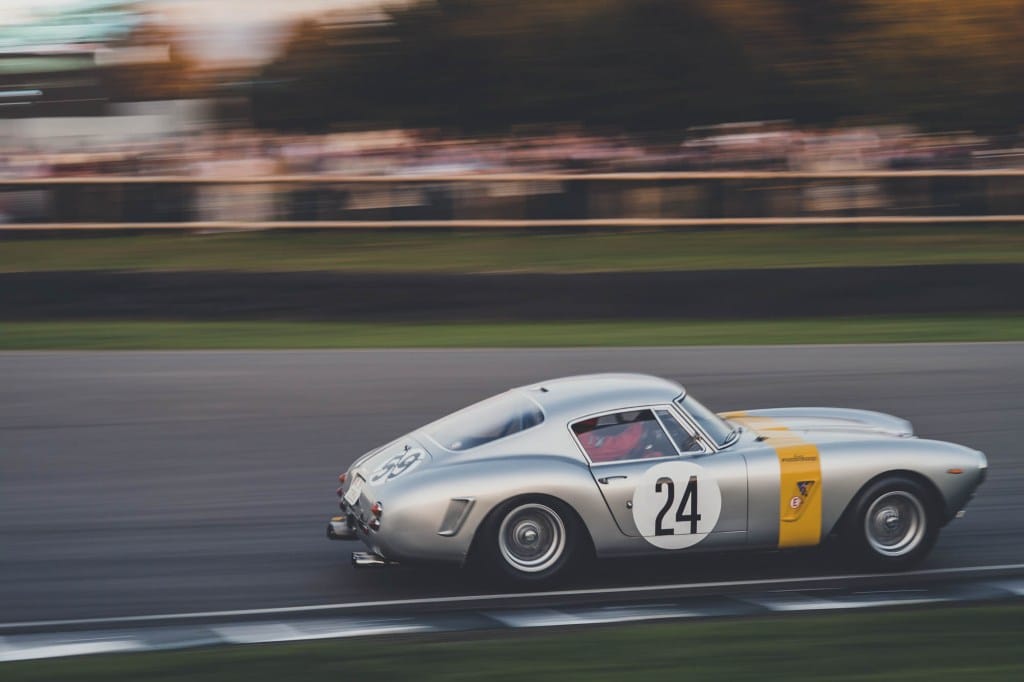
If that is the kind of shot you want to learn how to create then check out another one of @capturingthemachine's videos on panning and tracking shots:
ISO - Sensitivity of cameras sensor to light
A lower ISO (e.g., ISO 100) needs more light for a clear image, often used in bright conditions to reduce noise. Higher ISO (e.g., ISO 1600) captures better in low-light, but increases digital noise, causing graininess. There is no hard and fast rule on what your ISO should be because it will vary on the conditions you are shooting in, the camera you are using, and the style you are trying to achieve. If you are shooting on film, a good starting point is to set the camera's ISO to match the films ISO. If you are shooting a cars interior you might look to increase your ISO because the environment will be darker. Which brings us onto lighting...
Borrow From Your Environment
In an ideal world, shooting in the morning or late afternoon/evening (golden hour) is going to give you the best natural lighting. However, most car meets and drives are going to happen during the day, so you should try and find shadows that will create contrast. That could be from trees, buildings, or other cars.
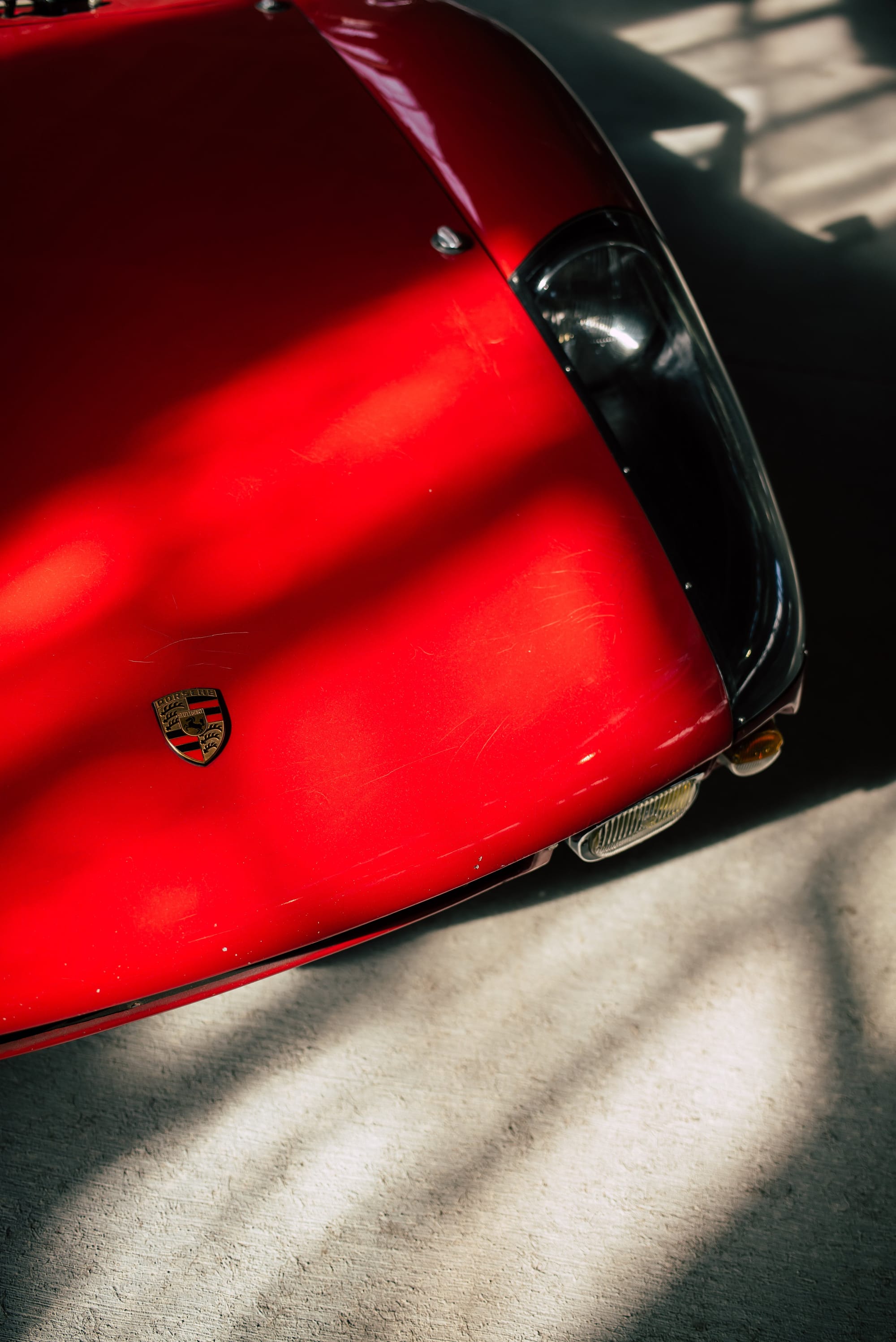
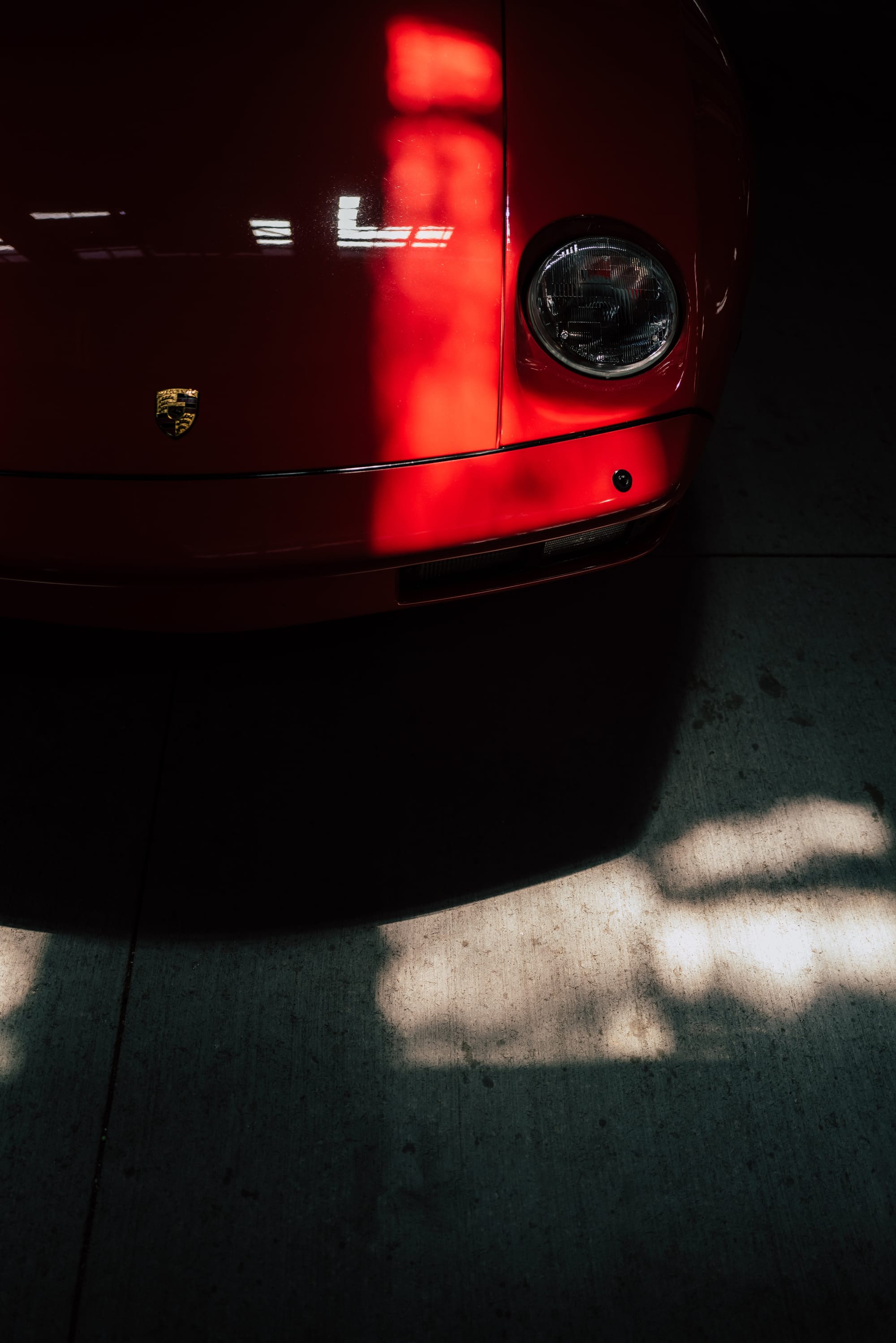
Credit: Shayan Bokaie
Tips & Tricks from the Experts
We are fortunate to have worked with and interviewed some incredible photographers in the automotive space. We spoke to a few of these people who know a thing or two about how to capture the perfect shot.
Amy Shore - Location, Location, Location
"Shoot around headlight height as cars look better from a lower angle (but not too low!). If you can, take the car away from the car park. Do some Google Map location scouting as that will bring on your images leaps and bounds."
"To shoot cars, I usually just use my 35mm and 85mm. 24mm can sometimes be a little too wide and distort the car if you get too close (especially during tracking shots) but work great for inside car shots, and the 85mm is a great lens for closer stuff."
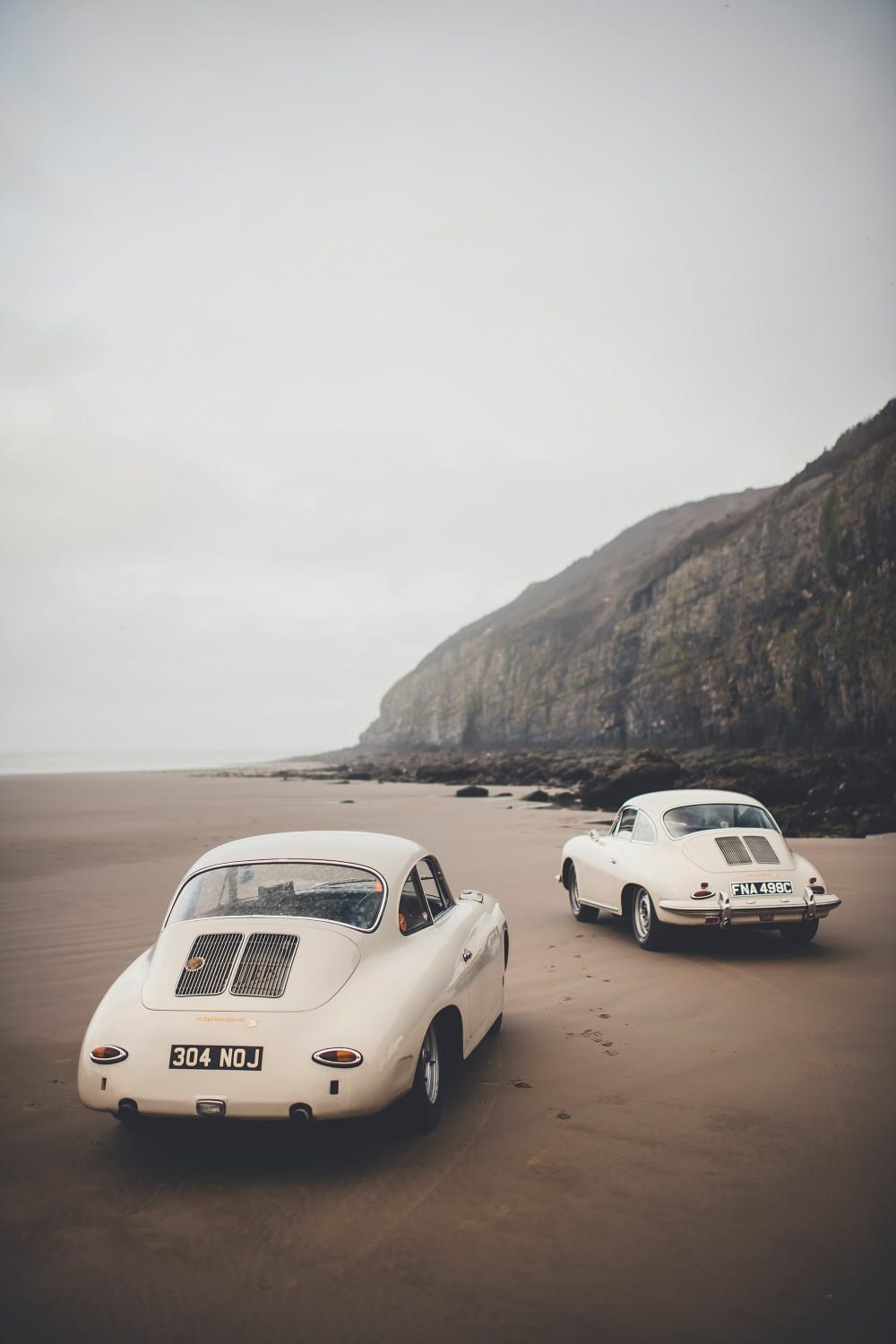
Rémi Dargegen - Be Inspired, but don't Imitate
Sometimes, people send me messages with some pictures saying: “Hey look, I tried to take pictures imitating your style”. This is totally wrong. If you want to become a photographer, be yourself, be unique, have your own style, propose something different, something that reflects your personality. Don’t copy, don’t imitate! That’s the biggest failure!
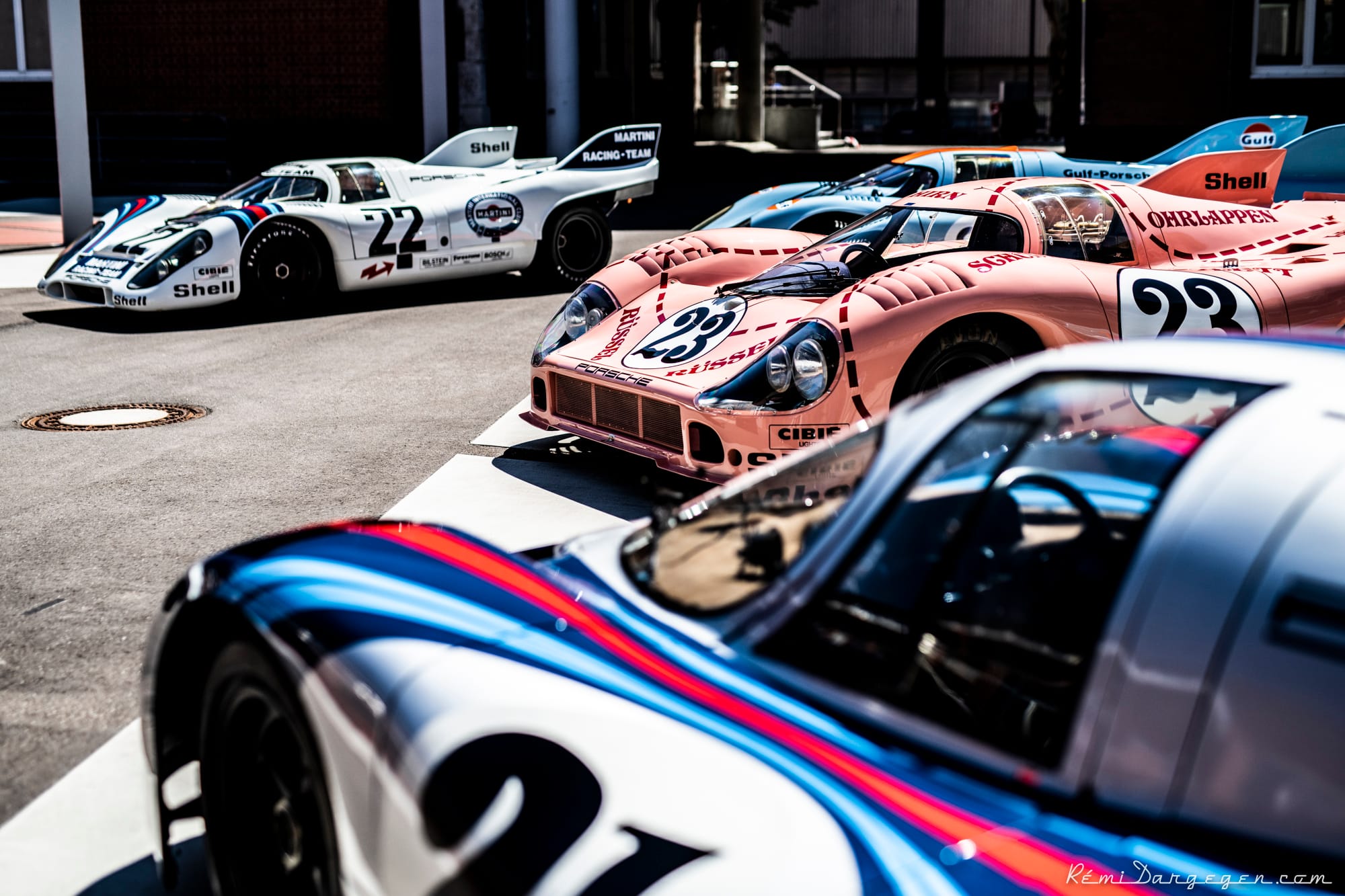
Other useful tips...
Ignoring reflections - As mentioned when discussing the polarising filter, a cars paint will reflect light and surrounding elements. Taking a second to observe what is being reflected and then adjusting your angle accordingly can be worthwhile.
Cluttered backgrounds - Generally speaking you do not want your background to distract from your subject. Think lamp posts, portaloos, bins. They are not going to complement your photo.
Lack of variety - Experiment with angles and composition. This is especially true if you are shooting on film. The last thing you want is to get your roll developed only to find that you took 36 identical shots. Play around with your angles. Switch it up.
Inspiration
Instagram remains the most popular place for sharing and promoting your images. Take some inspiration from the following accounts, but remember what Rémi said, don't imitate! Develop your own personal style.
- @yourfriendsyd
- @amyshorephotography
- @jakeboreham
- @remi.dargegen
- @shayanbokaie
- @tedgushue
- @eatwithnaveed
- @alexgrabowskiii
- @sheshootscars
Go experiment
Hopefully this article has given you some useful guidance to get the most out of your shots. There is no substitute for getting out and experimenting. With the automotive calendar beginning to liven up over here in the UK, events like the upcoming Goodwood Members' Meeting offer the perfect environment to develop your style. Be sure to check out our events calendar for more.

